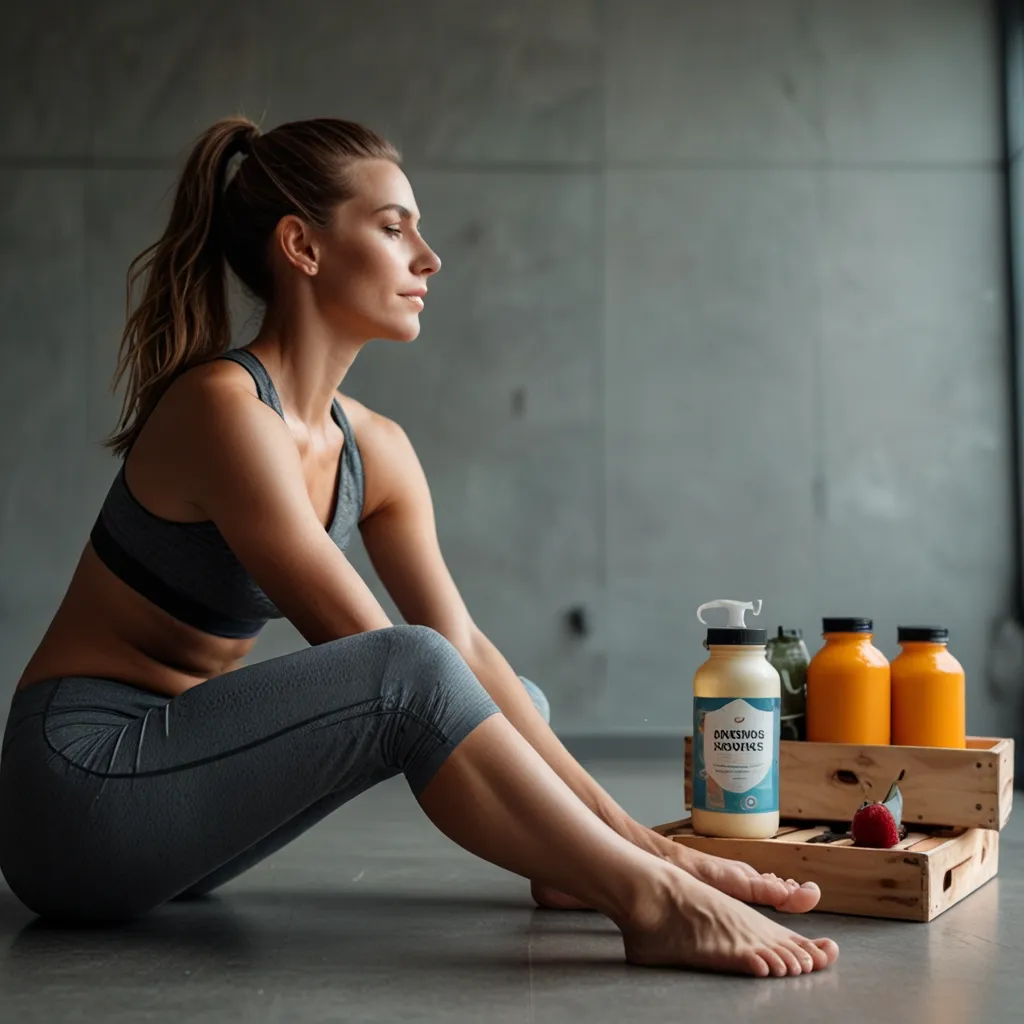Recovering after a workout isn’t just a side note; it’s a big deal. When you hit the gym, your body goes into this repair mode, stitching up muscle tissue and replenishing your energy levels. This process is pretty essential for getting stronger, healthier, and avoiding those annoying injuries. So, let’s dive into some top-notch ways to get your body back on track after sweating it out.
First off, let’s chat about food. Yeah, what you eat after a workout matters a lot. Your body is starving for some serious fuel like carbohydrates, protein, and fluids to patch up and build new muscle tissue. Grabbing a balanced meal or snack within an hour after finishing your workout is the sweet spot. It replenishes glycogen stores and supports muscle growth. Think of something like a smoothie with protein powder, banana, and almond milk – it’s quick, easy, and super effective.
Hydration is another big hitter. Sweat a lot during exercise? You’re losing fluids and electrolytes faster than you think. Drinking water or a sports drink post-workout is crucial to get back to baseline. Aim for about three cups of fluid for every pound you lose during a workout to keep those muscles happy and soreness at bay.
Let’s not forget about the importance of sleep. During those precious Z’s, your body does a ton of repair work on your muscles while giving your immune system a nice boost. Athletes often go for 10 hours or more of sleep to ensure they’re primed for the next session. For the rest of us, shooting for 7-9 hours each night is solid advice to help muscles recover and grow strong.
Got sore muscles? A massage can be a lifesaver. It not only cuts down on muscle pain but also boosts circulation. Better blood flow means quicker removal of wastes from your muscles, speeding up the recovery process. No wonder so many athletes have a regular massage routine.
Active recovery, like light walking or a gentle yoga session, is also super beneficial. These activities promote blood flow, help flush out waste from your muscles, maintain flexibility, and prevent muscle stiffness. It’s a chill way to keep your body moving without overdoing it.
Ever heard of ice baths? Athletes swear by it. Cold water immersion helps reduce inflammation and muscle soreness by constricting blood vessels and slowing blood flow. But heads up – it’s not for everyone, especially those with certain health conditions.
Speaking of compression, those tight garments and sleeves you see athletes wearing? They’re not just for show. Compression gear can improve blood flow and reduce muscle soreness by providing gentle pressure. Wearing them during and after workouts isn’t a bad idea if you’re looking to speed up recovery.
Cryotherapy is another cool (literally) method. This involves exposing your body to extremely cold temperatures to cut down inflammation and muscle soreness. You can go for ice packs or fancy cryotherapy chambers. It can be effective but should be used sparingly and preferably under professional guidance.
Let’s not leave out hydrotherapy. This recovery method takes advantage of water to help rejuvenate your body. Techniques like contrast baths where you switch between hot and cold water can improve circulation and muscle recovery. It’s a game-changer when it comes to cutting down muscle stiffness.
Supplements can help too. Take creatine, for example. It’s one of the most researched supplements and can help boost muscle strength when combined with resistance training. Protein powders are great for meeting daily protein needs and supporting muscle recovery.
Don’t underestimate the power of mental recovery. Exercise can be mentally draining, especially for those pushing to meet high performance goals. Visualization, setting goals, and positive self-talk are great ways to manage stress and build mental toughness. Sports psychologists often use these tricks to help athletes deal with competition pressure and improve their game.
So, the gist is that recovery is a multi-layered process. It’s all about nutrition, hydration, sleep, massage, active recovery, cold water immersion, compression garments, cryotherapy, hydrotherapy, supplements, and mental recovery. Weaving these into your routine can seriously boost your recovery game, performance, and overall health. It’s not just about resting up; it’s about actively supporting your body’s journey to repair and rebuild itself.






